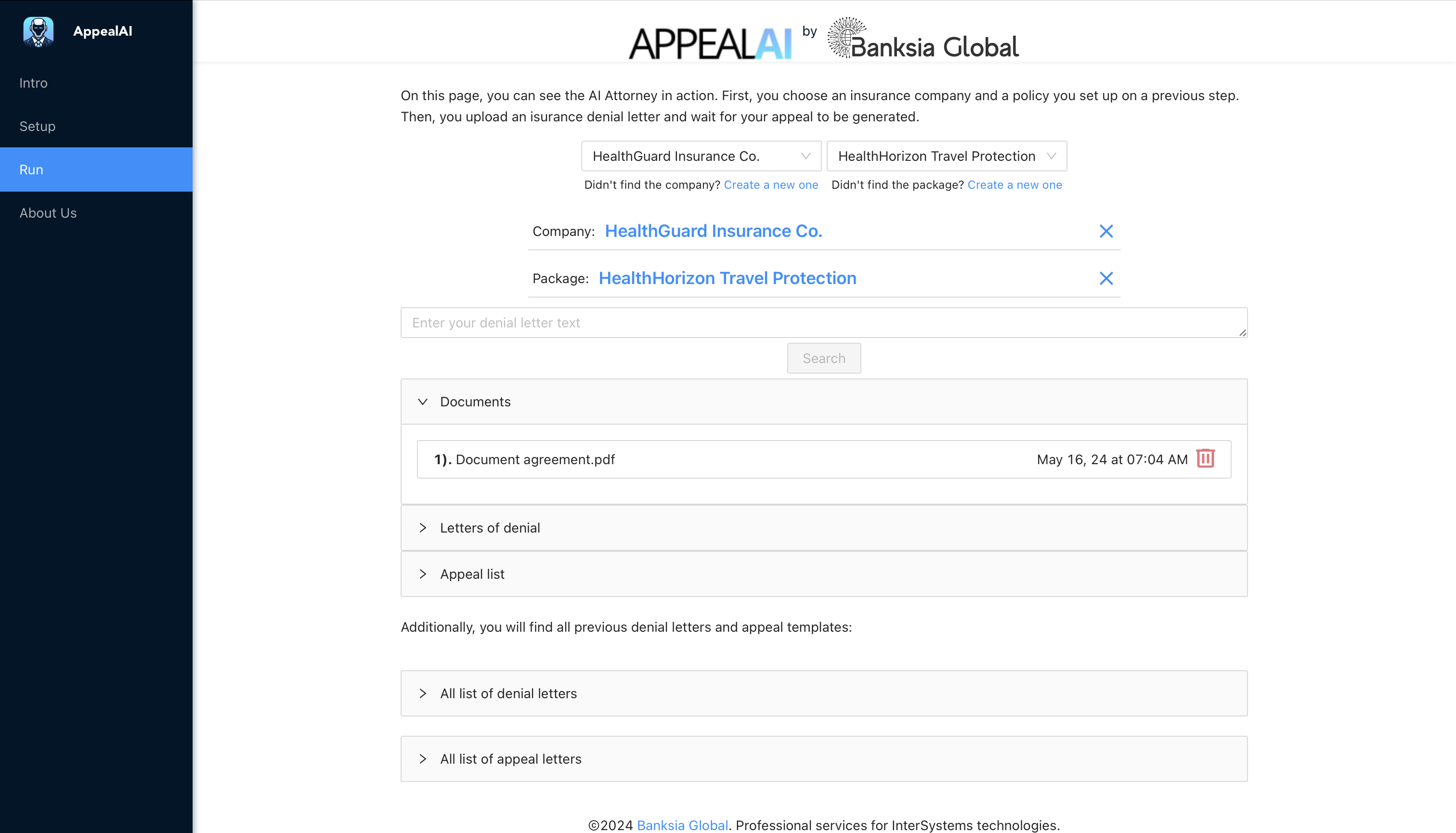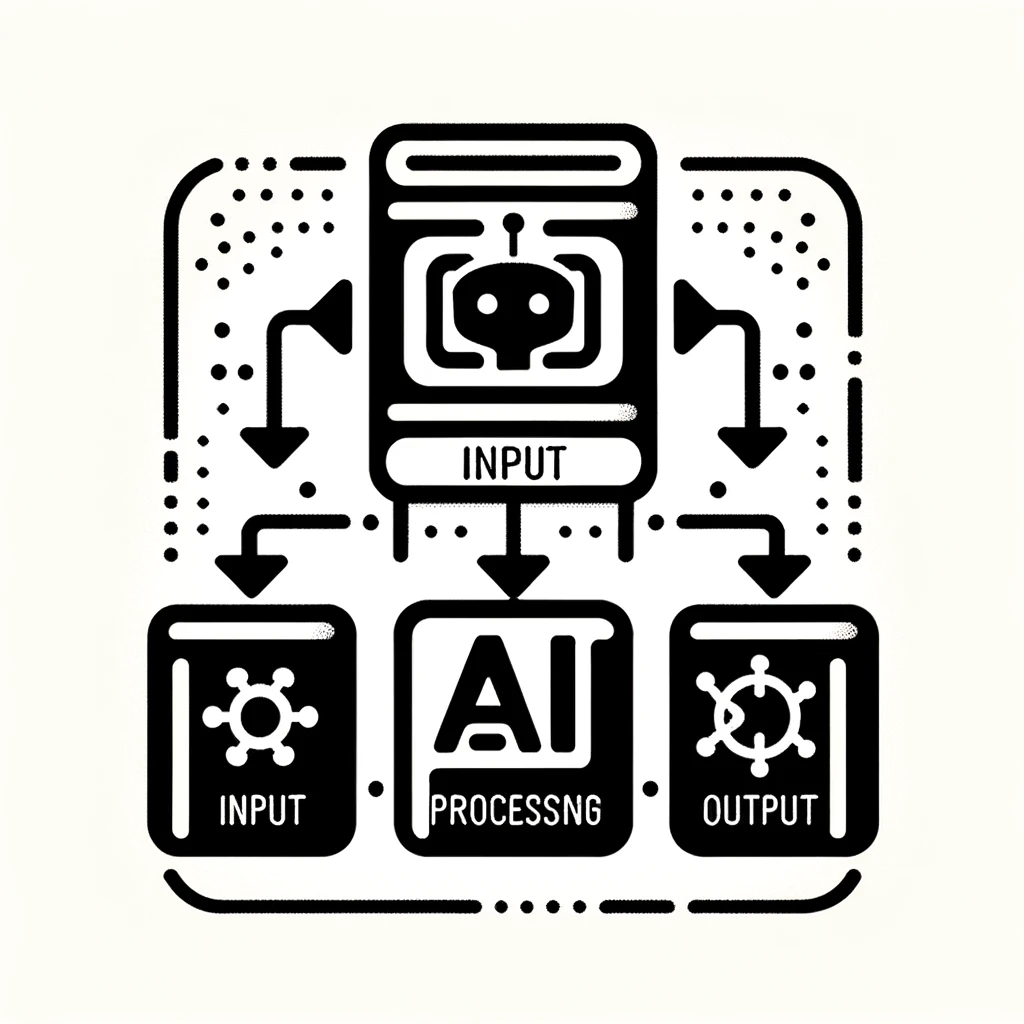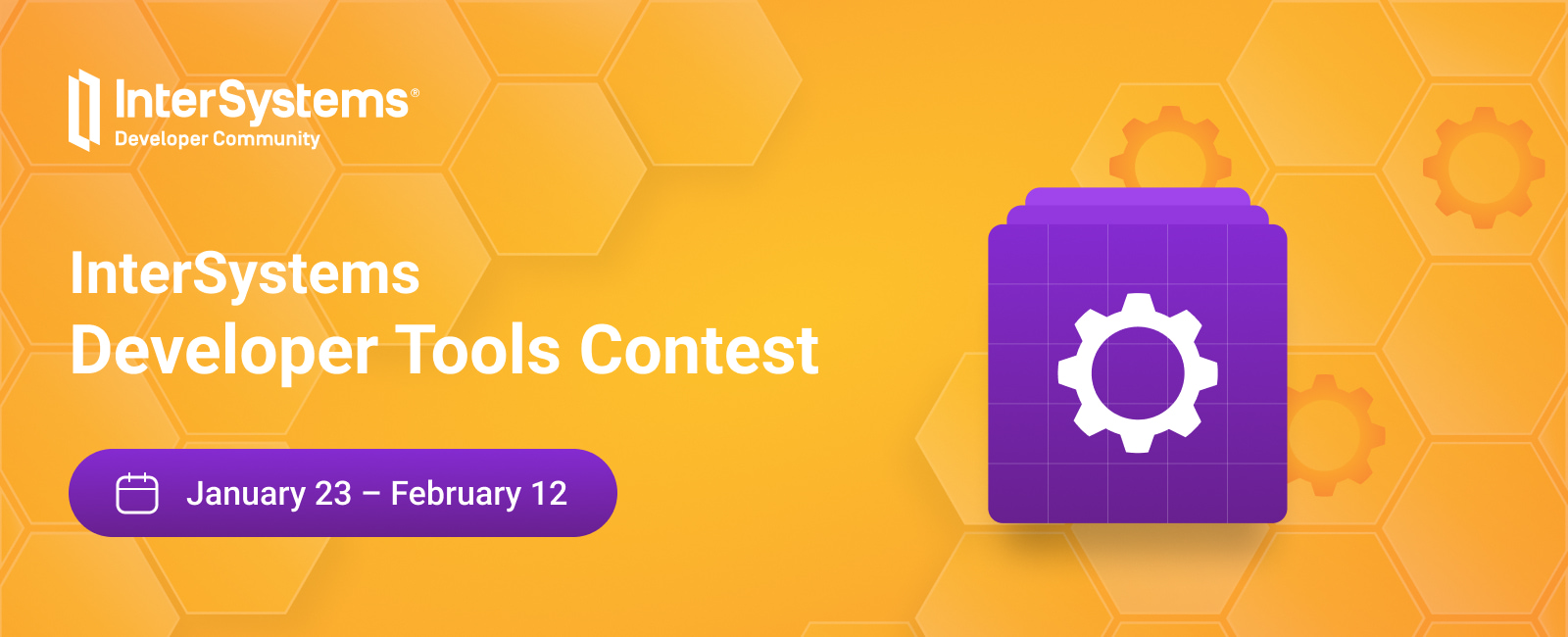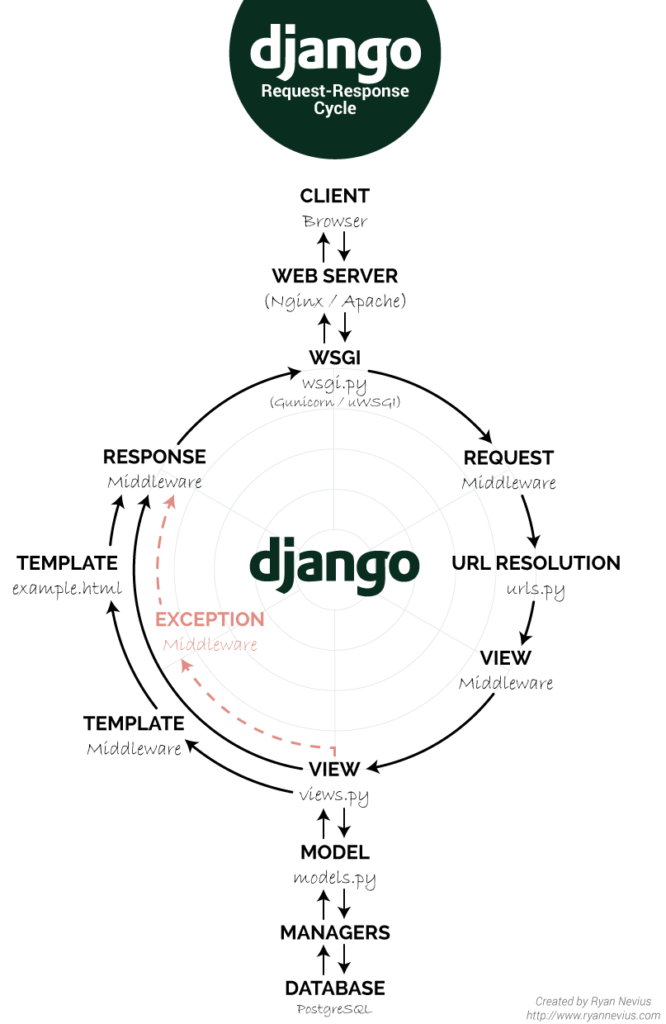$LIST string format and %DynamicArray and %DynamicObject classes
IRIS, and previously Cache, contain several different ways to create a sequence containing a mixture of data values. A data sequence that has been available for many years is the $LIST string. Another more recent data sequence is the %DynamicArray class, which along with the %DynamicObject class, is part of the IRIS support for JSON string representation. These two sequences involve very different tradeoffs.
$LIST String Format








